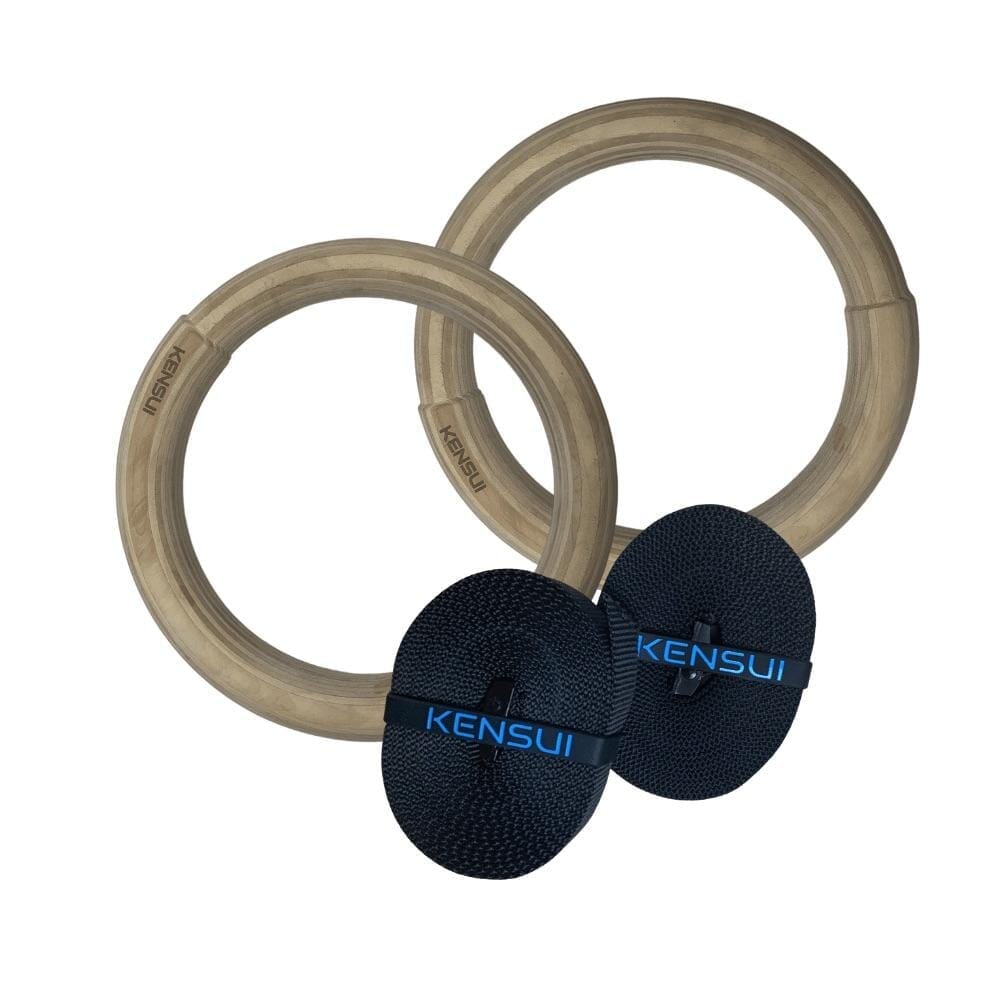The humble gymnastics rings. They look innocent enough, just a pair of wooden or plastic rings hanging from a sturdy strap or rope. But don't be fooled, these unassuming tools can deliver a brutal beating to even the most seasoned athlete. And yet, for those willing to put in the work, the rewards are well worth the effort. When I took on the Rings back in college, I was in awe of how different they felt from other forms of equipment. The instability, the need to engage every muscle just to hold a static position - it was like nothing I'd ever experienced. And yet, there was something about it that drew me in, something that made me want to keep coming back for more.
One of the most significant benefits of training with rings is the increased strength and control they demand. Because the rings are unstable, you can't just rely on brute force to get the job done. You need to engage your stabilizer muscles, your core, and your entire body to maintain control and execute even the simplest movements. This level of control and strength translates perfectly to other areas of training, making you a more well-rounded athlete. It's one of the best ways to learn Time Under Tension. Rings don't just make you stronger, they force you to utilize Muscle Control to a great degree.
But there is no fucking way the benefits stop there. Training with rings also improves your proprioception - your body's ability to sense its position and movement in space. This is crucial for athletes, as it allows you to move more efficiently, avoid injuries as much as possible, and perform complex movements with precision and laser-like focus. Let's not forget the mental toughness that comes with training on these things. The fear of falling, the uncertainty of whether you'll be able to hold a particular position - it's a mental challenge as much as it is a physical one.
So, how do you get started with training on rings? First and foremost, you need to build a solid foundation of strength and control. This means starting with basic movements like ring holds, ring rows, and Isometric Pull-Ups. Don't be discouraged if you can't do these movements right away - it takes time and practice to build up the necessary strength and control. Not to mention patience.
One of the most important things to focus on when training with rings is the positioning of the body. Keep your body in a straight line from head to heels, engage your core, and squeeze your glutes, flex every muscle. This will help you maintain control and prevent injuries. It's also crucial to start slow and build up gradually. Don't try to do too much too soon - it's better to focus on perfecting the basics than to risk injury by pushing yourself too hard. Be simplistic and develop mastery.
As you progress, you can start incorporating more advanced movements into your routine. Things like ring dips, ring pull-ups, and even more complex skills like planches and front levers. But remember, the key is to focus on control and precision, not just brute strength. It's better to do a few perfect reps than to struggle through a dozen sloppy ones. Sloppy means higher risk of injuries.
Of course, training with rings isn't without its challenges. The instability of the rings can be intimidating, and the risk of injury is always present. But for those willing to put in the work, the rewards are well worth the risks. Not only will you build incredible strength and control, but you'll also develop a sense of mental toughness and resilience that's hard to find elsewhere.
In my own training with them back in the day, I just kept it to the basics, never really going further than Dips, Pull-Ups & Push-Ups. As long as you stick with those, you'll have a level of strength that will carry over to your later years. If you're looking to take your training to the next level, I highly recommend giving gymnastics rings a try. They may not be the most glamorous piece of equipment, but they're certainly one of the most effective. With patience, persistence, and a willingness to learn, you can unlock the incredible benefits of ring training and take your fitness to new heights.
I recommend looking into guys like Mike Gillette, Al Kavadlo & Matt Schifferle. This trio alone will give you the tools and programming that could be used to strengthen your body in the Gymnastics Rings and other forms of Suspension Training. They may be challenging, but the rewards are well worth the effort. So why not give them a try? You never know what you're capable of until you try.
Be amazingly awesome and build that upper body you can be proud of without always going to the gym.


